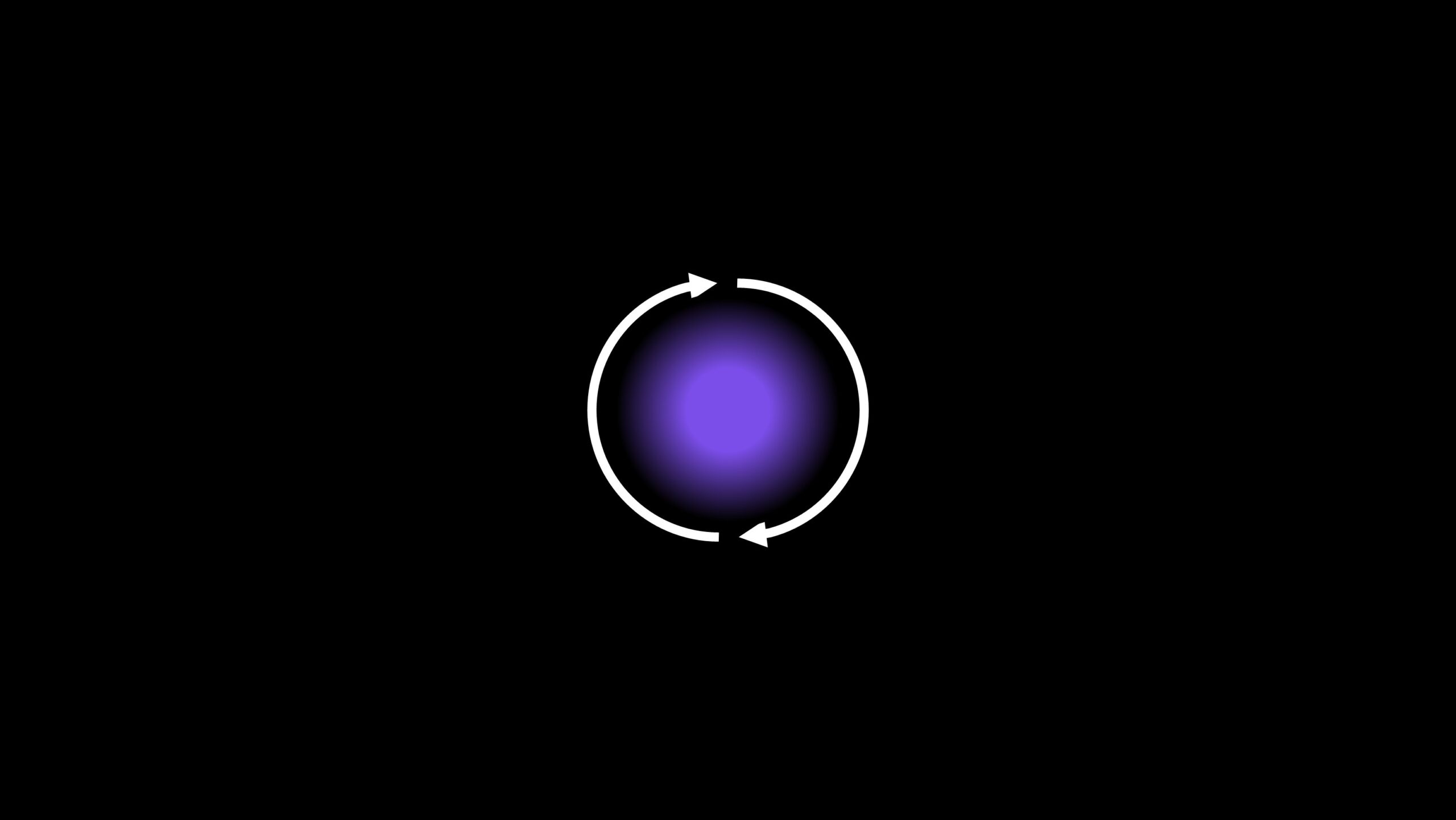Article last updated on May 7, 2022
Thought loops are mental traps that we fall into every day. We get caught up in our thoughts and lose track of reality.
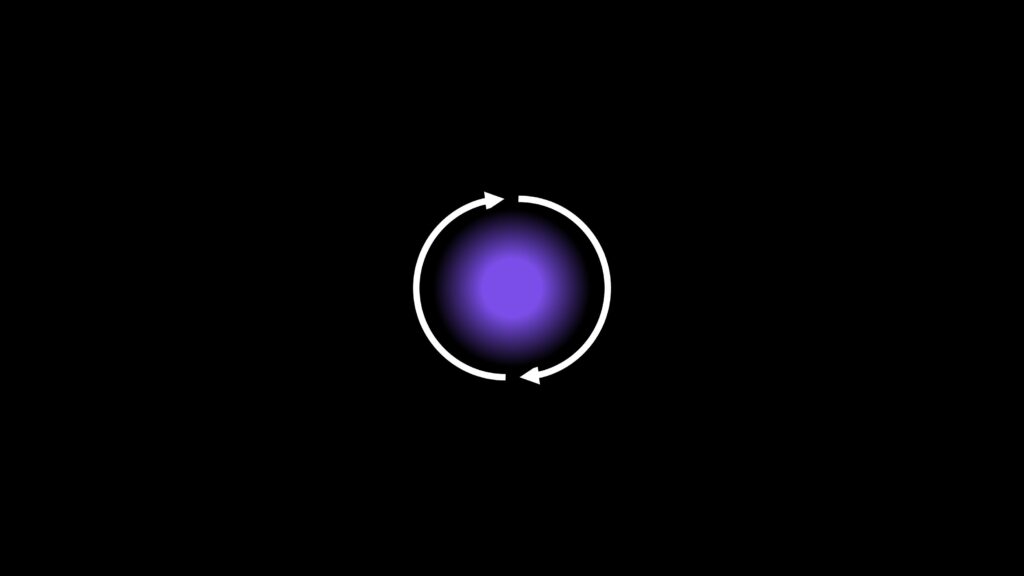
This happens because our minds are constantly creating stories about everything around us.
Our brains are wired to create stories about everything around us, and these stories become our reality.
In this article, we’ll explore the concept of thought loops and learn how to master them.
We’ll also look at common thought loop traps that you should pay attention to.
What Are Thought Loops
Thought loops are thoughts that repeat over and over again in our minds. They may seem harmless, but they can cause us to feel stressed out, anxious, and angry.
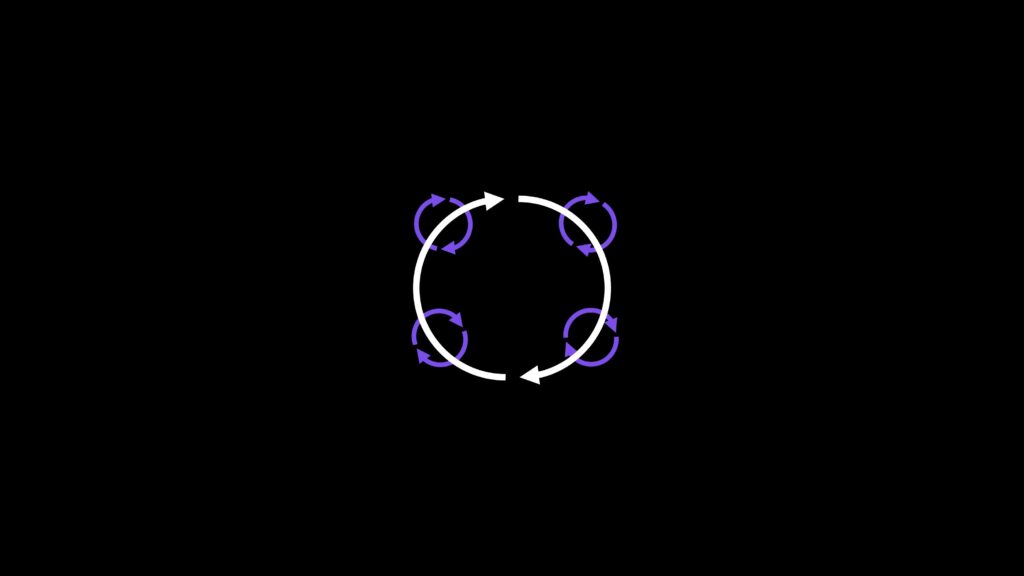
When a thought loop occurs, it’s like being trapped inside a storybook.
You’re reading the same words over and over again. The more time you spend thinking about something, the stronger the story becomes.
This cyclic loop is called a thought loop because it keeps going round and round without ever ending. It’s similar to an endless loop on your computer.
The problem with thought loops is that they trap us in a cycle of negative emotions.
They keep us stuck in an unhappy place for hours or days at a time.
For example, if you were worried about money, you might worry about it all day long.
If you’re always worrying about money, then you could be living in a constant state of stress.
These loops are not just limited to negative emotions. You can have positive thought loops too, but they tend to be less obvious.
Positive thought loops happen when you think about things that make you happy.
For example, if you love spending time with friends, then you might start thinking about hanging out with friends all the time.
This creates a positive thought loop because you’re thinking about something that makes you happy.
The problem is that, more often than not, your mind starts to wander off into negative thought loops rather than positive ones.
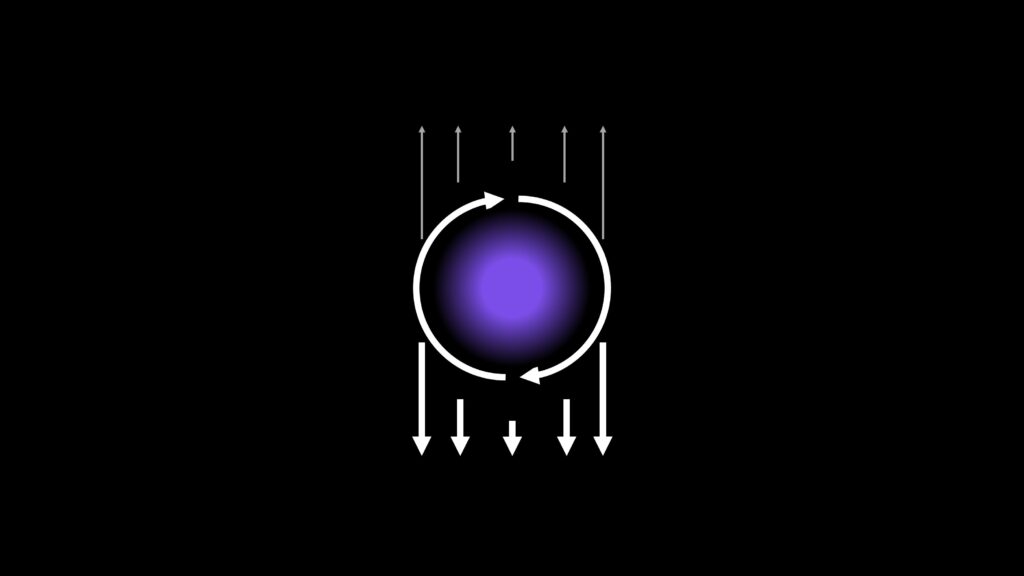
Now that you know what thought loops are, let’s take a closer look at the negative effects of thought loops.
Negative Effects of Thought Loops
When you are in a thought loop, you are no longer able to see reality clearly.
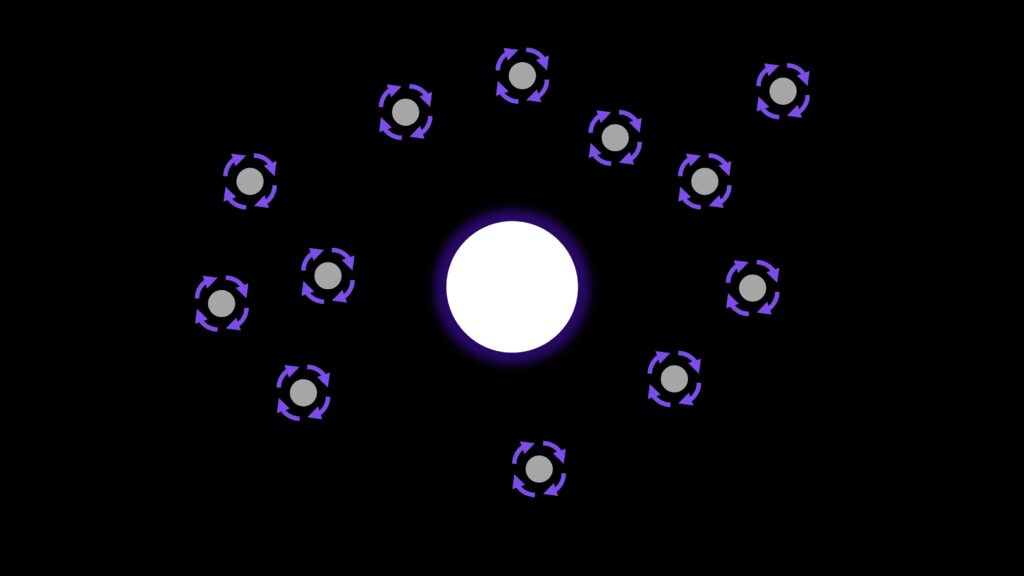
Your brain has created a story about whatever you are thinking about. Your brain is so used to telling itself stories that it doesn’t notice when it’s doing it.
There are many different negative effects of thought loops, but I’ll mention the one that actually affects your life most.
A distorted and negative worldview
When you are in the middle of a thought loop, you don’t realize that you’ve lost touch with reality.
It feels normal to believe that the world is against you, that people are trying to hurt you, and that there’s nothing good happening in your life.
It feels normal to believe that you are weak and helpless, that you deserve bad things to happen to you, and that you are unlovable.
When you are in this mindset, it’s hard to trust yourself or other people.
You begin to doubt yourself and others. This leads to self-doubt, low self-esteem, and feelings of inadequacy.
Low self-confidence
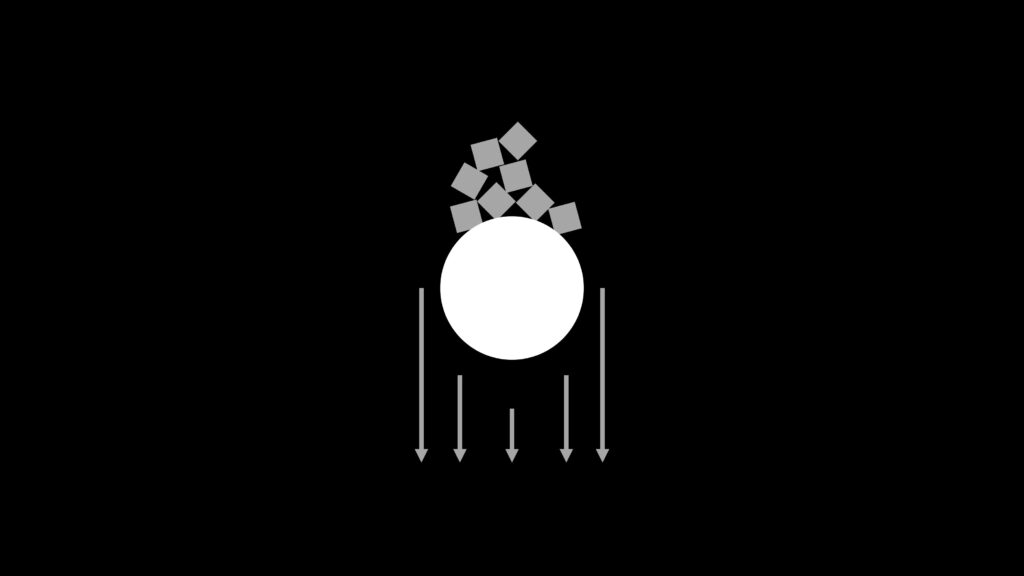
When you are in a thought loop, you start to question yourself.
You ask questions such as:
- “Do I deserve happiness?”
- “Is my life meaningful?”
- “Why does everyone hate me?”
Basically, with these kinds of questions, you are asking yourself whether you are worthy of anything good in your life.
By asking yourself these kinds of questions, you are setting yourself up for failure.
You are putting yourself down and making excuses for why you aren’t getting what you want.
Become easily distracted

How can you be focused if you are constantly questioning yourself?
When you are in negative thought loops, you are unable to focus on any single thing for very long.
You find yourself constantly shifting from one thing to another.
You’ll get symptoms of anxiety like restlessness, irritability, and an inability to concentrate.
Feeling overwhelmed
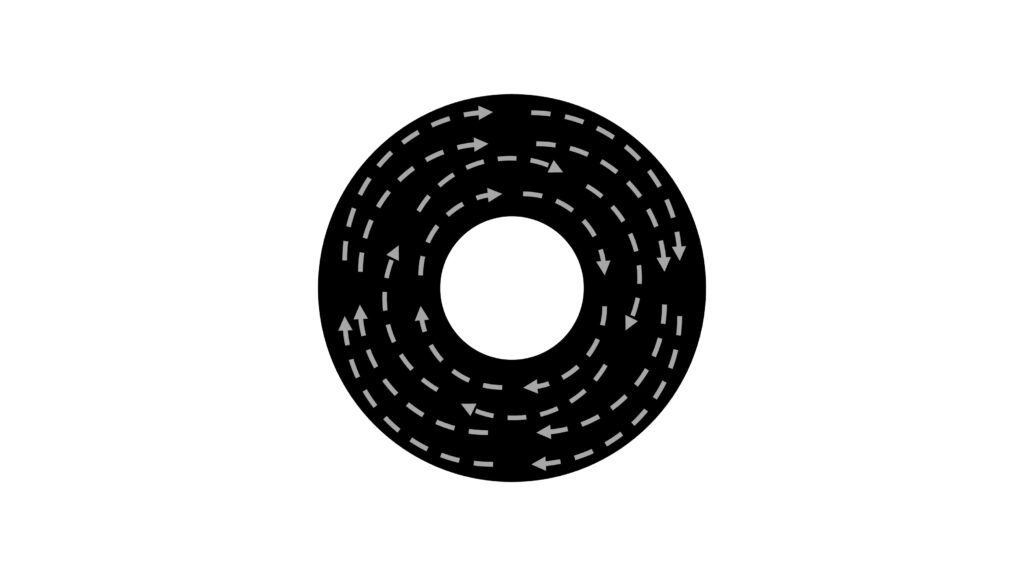
Another effect of being trapped in negative thought loops is feeling overwhelmed.
When you are stuck in a negative thought loop, you feel like you need to do everything yourself.
You feel like you have to fix everything at once.
If you try to tackle too much at once, you end up doing even less than before.
Add more stress
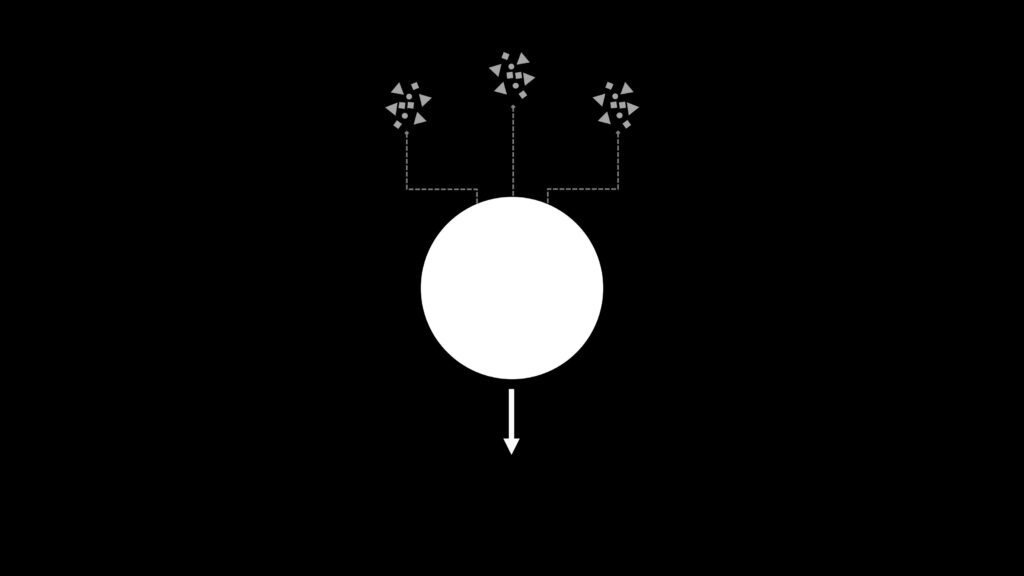
Stress is one of the most common side-effects of thought loops.
When you are stressed out, you tend to think negatively. You blame yourself for all of your problems.
It’s like you are adding more burden to an already overloaded system.
Think of how stressful it would be if you were always worried about something.
Imagine living your entire life worrying about what might go wrong next. It would be exhausting.
It is time to let go of these negative thought patterns, so let’s understand how thought loops work.
How Thought Loops Work
The mind is always working hard to make sense of what’s happening around it. It does this by making up stories about things that happen. These stories are called “thoughts.”
The brain creates a story when it sees an event as meaningful or important.

It uses information from past experiences to determine whether something is significant or not.
If a person has never experienced something before, then the brain doesn’t know anything about it.
So, when you see a new thing, your brain needs to figure out what it means.
To do this, it looks at all the other events that happened before. This helps it understand context.
When it comes to new things, the brain compares them to previous experiences, but this is how thought loops start.
Your mind takes one small experience and builds a story around it.
If you don’t have a control in that story, then a loop can occur and amplify.
So, it all starts with a trigger, and then we go through an endless loop of thinking about the trigger.
Trigger for thinking loops
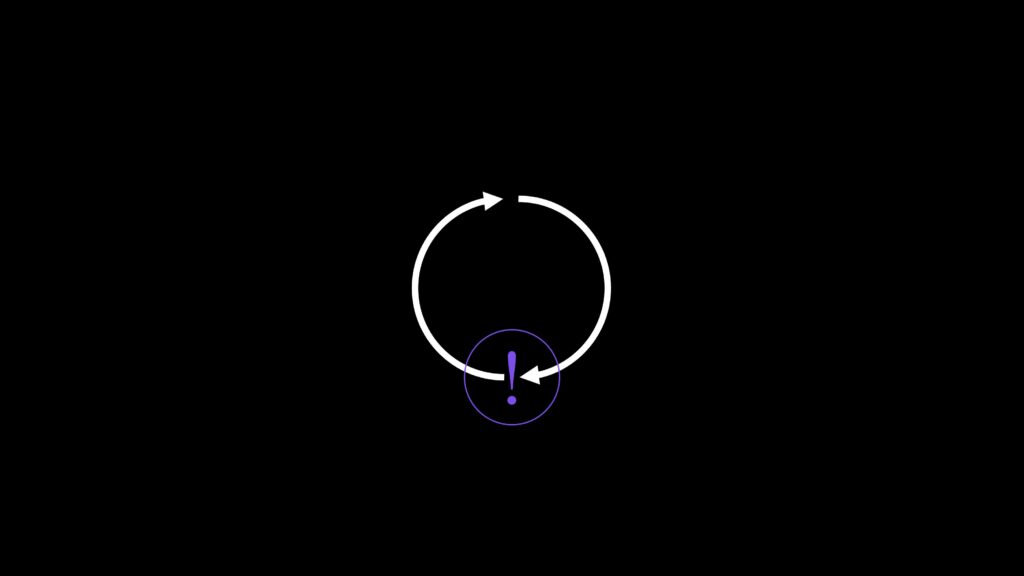
Without a trigger, there would be no thought loop. But sometimes triggers come along unexpectedly.
Regardless of where they come from, triggers are usually external factors that affect us emotionally.
So, the actual problem with triggers is not some external event but the emotional response that occurs after seeing them.
A trigger will cause a reaction within us.
If we have some personal insecurity and someone says something that reminds us of that insecurity, then we’ll activate the trigger.
The point is not to change the world, but to learn how to deal with and accept our own feelings.
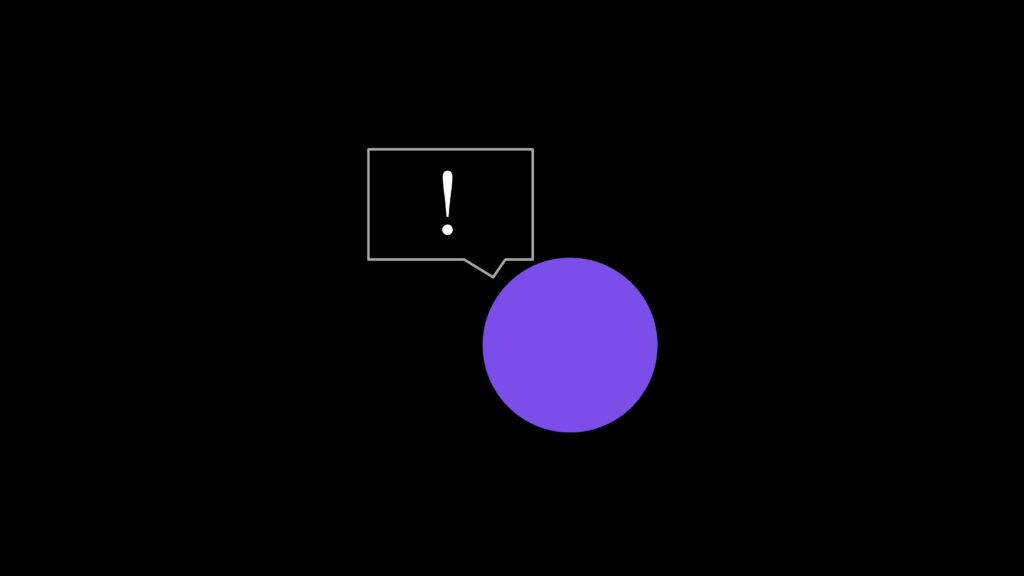
We need to take care of our triggers instead of blaming others.
Personally, now I see others as teachers for which areas I still need to improve on.
Instead of blaming other people, I am grateful for exposing my insecurities.
Triggers can include people, places, or things, such as:
- Someone says something upsetting.
- Someone cuts you off in traffic.
- Your boss or customer gives you a bad review.
- You read something you don’t agree with.
- You see something on TV or online that upsets you.
- You hear a song that reminds you of some negative past event.
- The sight of a particular object.
Just notice that all these triggers are not emotions, they are external factors. Your emotions are the ones that give meaning to those external factors.
Once you’ve noticed the trigger, you need to decide if it’s worth getting upset over.
What I mean by that is, are you willing to put yourself through the pain? Is it worth it?
Now that you understand the trigger for the thinking loop, let’s understand how the amplification part creates a negative compounding effect.
Amplification of thought loops
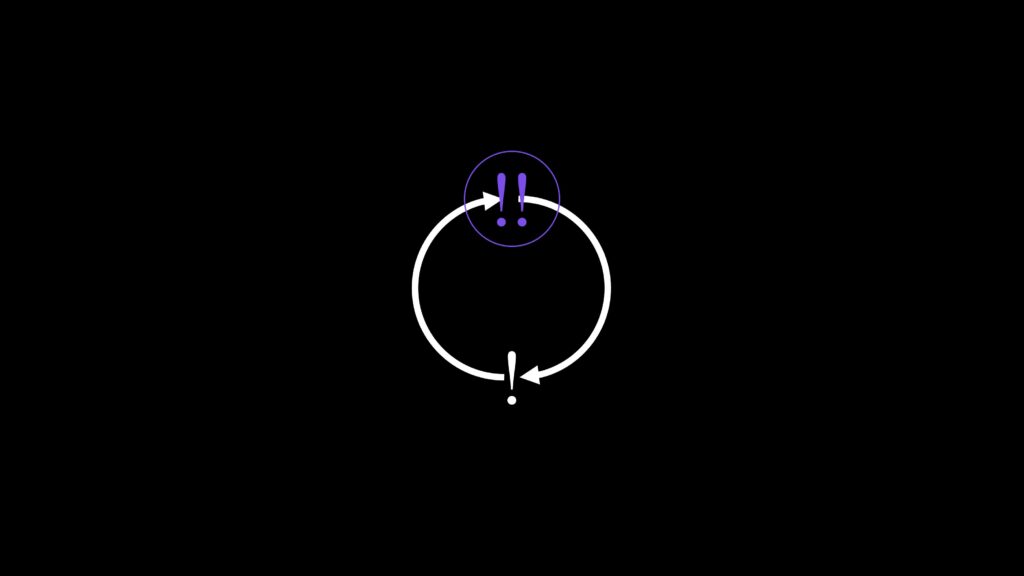
Let’s say you notice that your thought loop is triggered. What usually happens next?
You start to think of all the possible outcomes of that situation. You begin to imagine what could happen if that situation continues.
Then you start worrying about those possibilities.
And now you’re worried about being worried.
You begin to analyze the situation and find more evidence to support your belief.
In doing so, you’re adding more fuel to the fire.
The more you think about it, the more you believe it.
Basically, you are creating a self-fulfilling confirmation bias that gets stronger overtime.
The problem with this is that when we start analyzing the situation, we tend to forget the original reason why we got upset in the first place.
As time goes by, we get stuck in the cycle of thinking about the same thing over and over again.
It becomes harder to break out of the thought loop.
But it doesn’t have to be like this.
There are five steps to master and break free of thought loops.
How To Master Thought Loops

The fact that we are human beings means that we can make changes in our lives. We just need to know how to do it.
So, the short answer to the question “How do I stop thought loops?” is that we are in control of our responses to situations.
But to give you a proper answer, here’s how to master your thought loops.
Understand the trigger

The first step towards mastering thought loops is understanding the trigger.
Without knowing the trigger, nothing else matters.
Triggers are usually the same but generated from different external situations.
For example, someone might say something that makes you feel insecure. Or maybe you saw something online that made you feel angry.
These are two different situations, but they come from the same trigger.
In this case, it is personal insecurity.
Remember, when you understand the trigger, you understand the root cause of the unresolved emotion.
Realize you’re not alone

Most people go through similar experiences at one point or another.
So there’s no shame in admitting that you struggle with thought loops. It’s okay to admit that you’re human.
Realize that everyone has their own unique story. There’s no such thing as universal truth.
Everyone has their own set of beliefs and values. And everyone interprets things differently. Everyone fights their own battles.
No matter where you live, who you hang out with, or what kind of job you have, everyone struggles with thought loops.
When you realize that you aren’t alone, you will see that it’s not a big deal.
Realize you are creating a story

We can be quite creative and imaginative when we want to be.
Whatever is in your field of awareness right now, you could be making up a story about it.
Your mind is creating a narrative about whatever you are seeing, hearing, smelling, tasting, feeling, touching, and thinking.
Think about it for a moment.
To master thought loops, you must learn that you are bigger than your thoughts.
You are not your thoughts. You are the observer of your own thoughts.
It is very important to remember that.
Detach and observe

Once you’ve realized that you are creating a story, you’ll be able to detach and observe the situation from an objective point of view.
This is the most difficult to achieve but also the most liberating part.
Because once you detach from the story, you can choose which way you want to respond. You can choose whether or not you want to stay in the story.
Now you can decide if you want to act on the emotions that arise from the situation, or let them pass.
You can even choose to ignore the story altogether.
Alarming experiences are not alarming anymore.
If something needs to be taken care of, you’ll be more capable of handling it.
If you don’t like something, you won’t be bothered by it.
Convert the thought loop into a positive loop

The last step is to utilize objective awareness to turn negative thought loops into positive ones.
If negative thought loops are just thoughts that keep coming back again and again we need to inverse the negative loop into a positive loop and make it work for us.
We can only do this if we are detached from the thought loop, otherwise the loop will continue to repeat itself over and over again.
To give you an example, let’s say you have repetitive self-critical thought loops.
You say to yourself, “I can not do this because…” over and over again.
Now inverse the loop to “I can do this because…” over and over again.
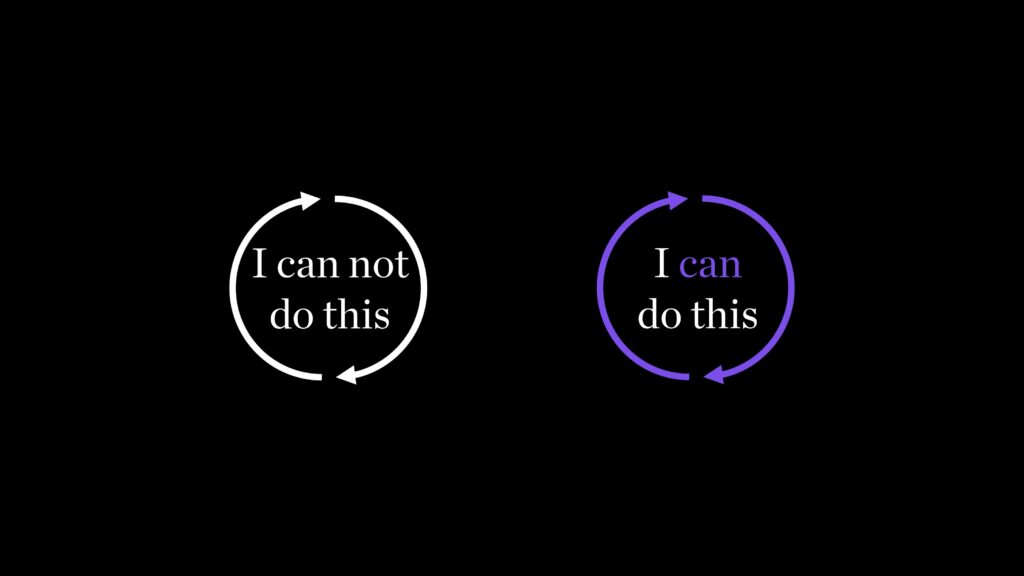
Basically, you are overriding the self created story with a new one, and whichever story you choose to believe becomes your reality because you’ll act on it.
Now that you know how to master thought loops, you can start using them to your advantage.
Can you get stuck in a thought loop for years on end?
If you have had some intense feelings or intense experiences, then yes, you can get stuck in a thought loop for a long time. You start to identify your personality through those experiences.
Then everything that tries to shatter your negative thinking loop will be immediately labeled as wrong or bad.
So you’re going to fight against yourself and think of your problem as a solution.
That’s when you get stuck in a negative thought loop. But remember, there’s a way to master thought loops.
Just follow the steps above.
Common Thought Loops
There are many thought loops that we all face. From repetitive loops of thinking we are a complete failure, to worry loops, or even constant feelings of sadness.
I want to mention a few things that I have noticed in my life and while working with entrepreneurs on growing their businesses.
Need more information loop
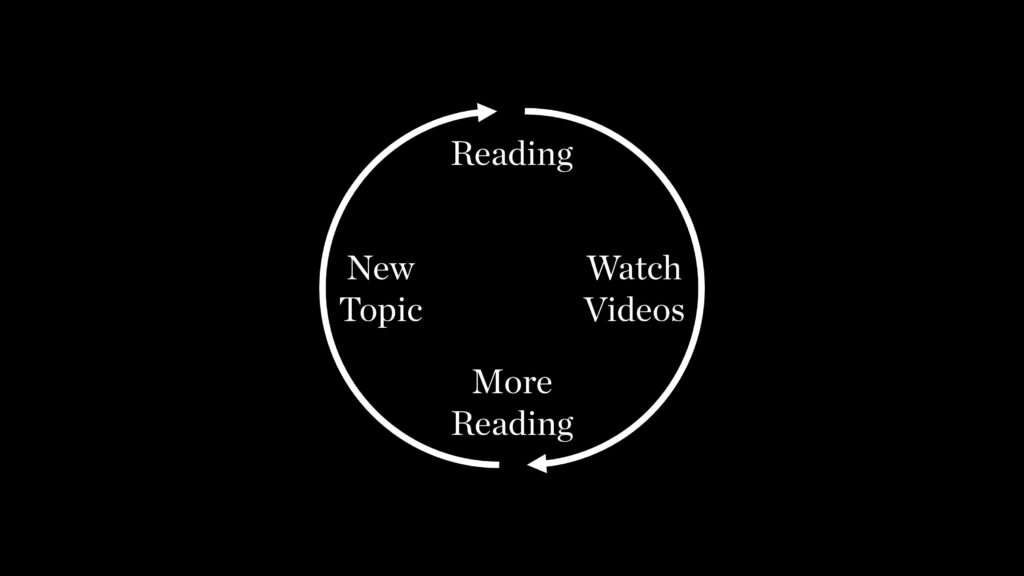
This thought loop is created by a trigger from a lack of self-worth.
Personally, as a self-improvement junkie, I have suffered from this thought loop myself.
Even to this day, I catch myself wanting to consume more information instead of taking action.
It is easy to buy a book, watch ten videos, and listen to podcasts on a specific topic because when you think you’re lacking knowledge, it feels good to feel smarter.
But what happens after you finish consuming all those resources?
Do you actually take any action?
No!
You sit there and look for the next resource to consume.
You get stuck in the loop of “I can’t do anything yet, I haven’t learned enough”.
I think this thinking loop is one of the most misunderstood as productive behavior, when in reality it is an addictive pattern that should be fixed.
Shiny object loop
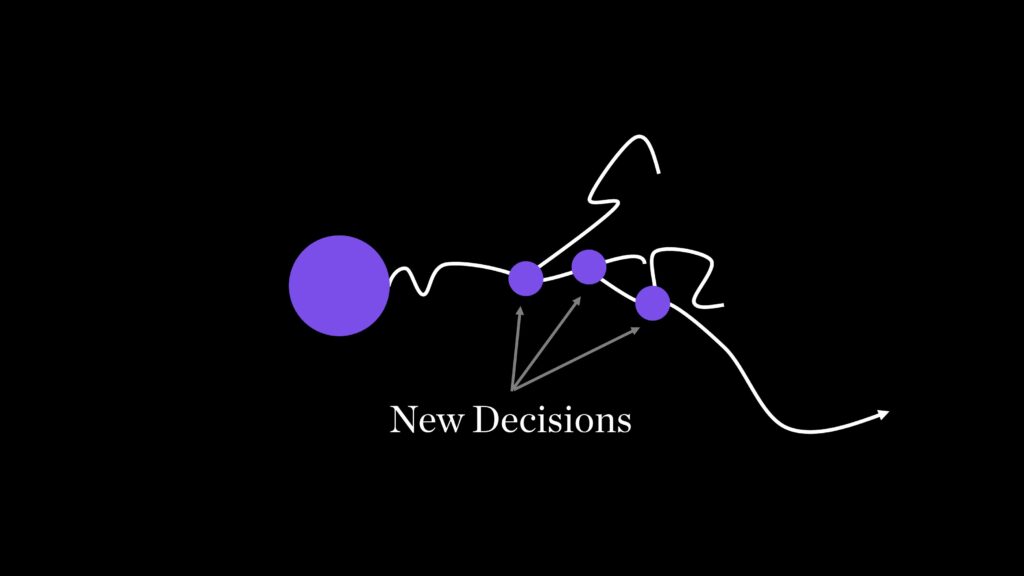
Does this situation sound familiar… You are working on something important, but then you get distracted by another opportunity.
Then you keep thinking about that new opportunity. You start suppressing your current project and focusing on the shiny thing.
Then when you start working on that new thing, eventually you find new shiny opportunities popping up.
And before you know it, you’ve lost sight of your original goal.
You keep looking for new opportunities without achieving anything. This thinking loop is triggered by a scarcity mindset.
When you feel like something else is better than what you are doing, you stop focusing on your current task and start chasing the shiny objects.
In order to overcome this loop, you need to detach from the thoughts and objectively see things from an outside perspective.
For me personally, whenever I catch myself getting sucked into this loop, I take a step back and ask myself, “Is this really worth it?” and almost always, the answer is no.
The only way to break out of this loop is to detach from the instant gratification thoughts.
Negative self-talk loop
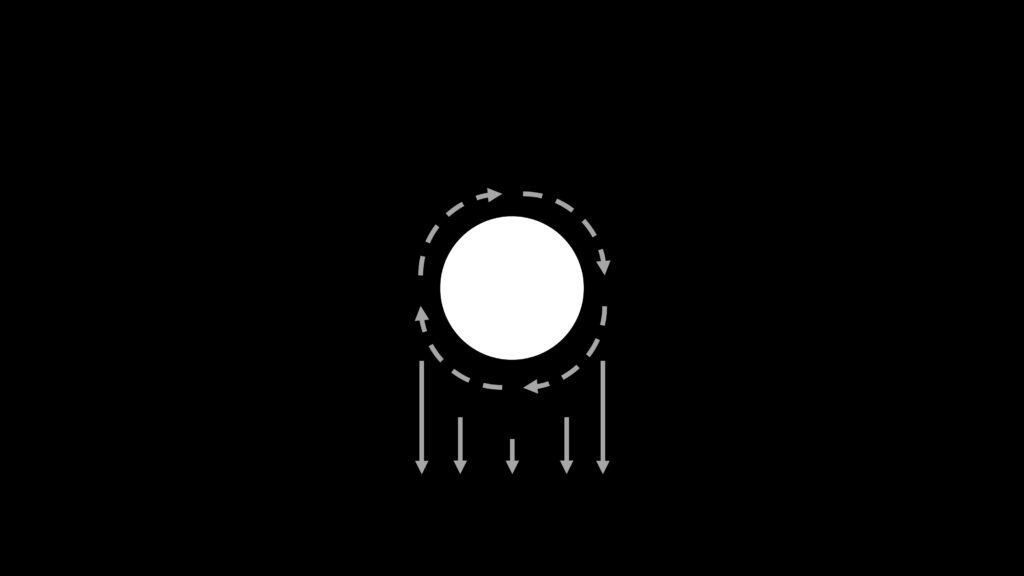
Another common thought loop that I notice in people is negative self-talk.
We tell ourselves things like “I’m so stupid,” “I suck at everything” etc.
These statements are triggered by some sort of external event.
How are these statements serving us at all?
They don’t help us improve our skills, they just make us feel bad about ourselves.
Are other people perfect? No.
Are we? No. So why do we beat ourselves up?
Anxiety obsessive loop

People who suffer from anxiety obsess over things that might happen in the future.
They worry about things that may or may not happen.
If you believe in astrology and that kind of woo-woo stuff, maybe you can know the future, but other than that, no one knows what will happen tomorrow.
If you take care of only the things that are in control of you right now, you’ll be fine.
That’s the only thing you can control.
Negative loop will not be fixed if we anxiously obsess over things that aren’t even happening.
The root trigger for this loop is the lack of personal responsibility.
When you take complete responsibility and focus only on what you can control, the anxiety about the future will go away because you know what is in your hands and what’s not.
Conclusion
In conclusion, thought loops are a common problem among everyone. No one is immune to them.
They’re basically mental traps that we set ourselves up for failure.
By breaking these thought loops, you’ll be able to focus on what really matters instead of wasting time worrying about things that aren’t going to happen.
The key is to realize that you’re setting yourself up for failure by telling yourself that you’re incapable of achieving certain tasks.
Instead, recognize your triggers, detach yourself from existing thought loops, and recognize that you have full control over them.


